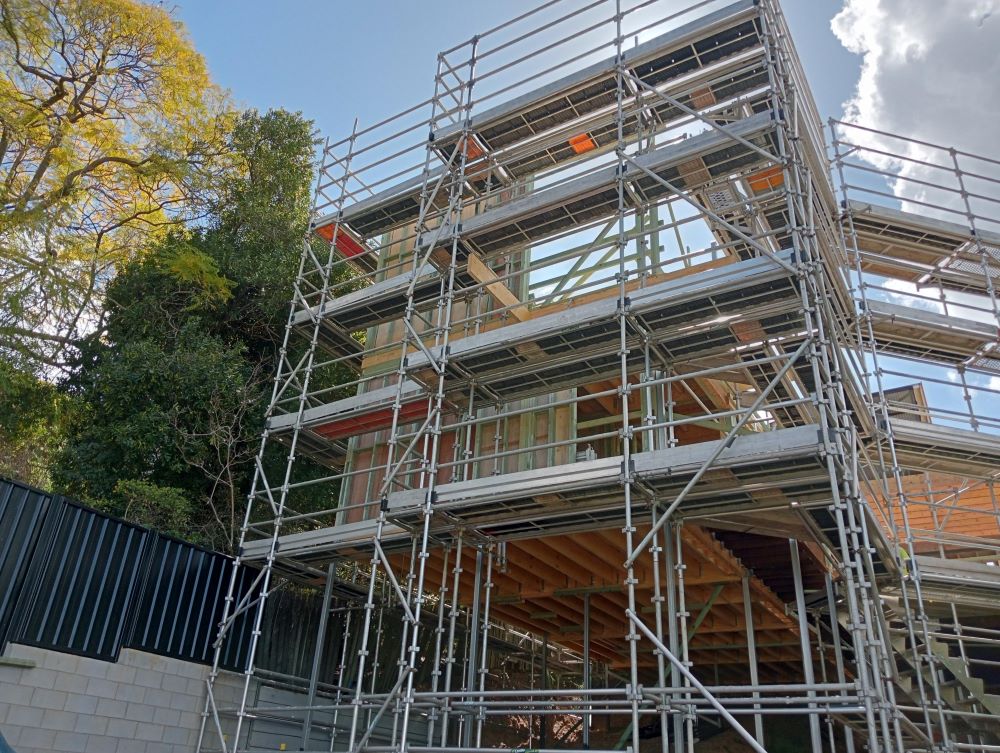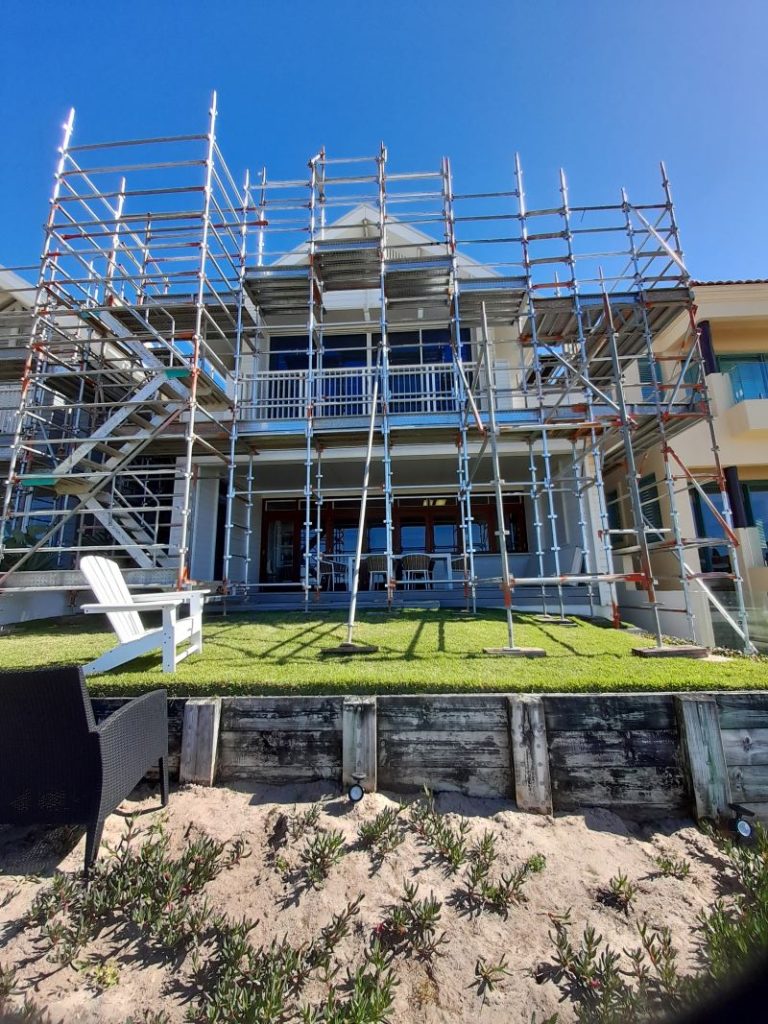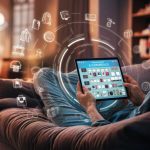Essential Insights for Choosing Between Aluminium and Steel Scaffolding in Your Construction Projects
When it comes to selecting the most suitable scaffold for your construction or renovation endeavors, making an informed choice is vital for promoting safety and enhancing operational efficiency. Two of the most commonly utilized options are aluminium scaffolding and steel scaffolding. Each material brings distinct characteristics, advantages, and suitability for various project requirements. This comprehensive guide will provide a thorough analysis of these two popular scaffolding types, detailing their features, benefits, and ideal applications to assist you in making the best scaffold choice for your specific project needs, ultimately ensuring a successful and safe project outcome.
In the process of evaluating your scaffold options, understanding the unique features and benefits of aluminium versus steel scaffolding is essential. This guide aims to delve deeply into these qualities, equipping you with the information required to make a well-informed decision that meets the specific demands of your project, thereby ensuring both safety and efficiency throughout your construction activities.

Leverage the Advantages of Aluminium Scaffolding for Superior Construction Efficiency
Aluminium scaffolding is highly regarded for its lightweight design and remarkable ease of handling, making it an excellent choice for projects that require frequent relocation and quick assembly. The components of aluminium scaffolding are significantly lighter compared to those made from steel, allowing for easier transportation and maneuverability on the job site. This characteristic is particularly beneficial for contractors working in confined spaces or those needing to move scaffolding materials regularly, thereby facilitating a smoother workflow and enhancing operational efficiency throughout the entire project lifecycle.
Furthermore, aluminium scaffolding is lauded for its excellent corrosion resistance. This feature makes it an outstanding choice for outdoor projects or environments with high humidity, ensuring that the scaffold retains its structural integrity and aesthetic appeal over time. The corrosion-resistant properties of aluminium scaffolding contribute to its long-term performance and reliability, which is especially critical for projects exposed to adverse weather conditions or moisture, allowing for safer operations and less frequent maintenance needs, ultimately supporting continuous workflow and safety on the job site.
The setup and dismantling of aluminium scaffolds are typically rapid and straightforward, as the components are specifically designed for quick assembly. This efficiency can lead to significant time savings, especially for projects with tight deadlines. By minimizing the time spent on setup, construction teams can focus more on completing their tasks safely and effectively, thereby boosting overall productivity and ensuring the project's success from start to finish.
Unlock the Exceptional Strength and Stability of Steel Scaffolding for Heavy-Duty Applications
Steel scaffolding is renowned for its superior strength and substantial load-bearing capacity, making it an incredibly durable option for construction projects that require robust support. This material is meticulously crafted to withstand significant weights and challenging conditions, providing a stable platform for workers, even in demanding environments. Its inherent rigidity and strength make it the preferred choice for projects involving heavy machinery or large materials, ensuring safety and reliability at elevated heights while significantly reducing the risk of accidents.
The durability of steel scaffolding is a vital advantage, particularly in extreme weather conditions or high-traffic areas where the scaffold may face heavy usage. Unlike lighter materials, steel scaffolding is engineered to resist bending or deformation, ensuring a secure working environment for personnel. This reliability fosters confidence and a sense of safety among construction teams, enabling them to work effectively and with peace of mind, knowing they are well-supported and secure in their operations.
Moreover, steel scaffolding is recognized for its cost-effective longevity. Although the initial investment may be higher than that of aluminium, the durability and extended lifespan of steel scaffolding make it a financially prudent choice over time. This material can withstand repeated use, resulting in fewer replacements or maintenance needs, thus providing significant savings in the long run, making it a strategic investment for any construction project.
When deciding between aluminium and steel scaffolding, it is essential to assess the unique requirements of your specific project. Factors such as material weight, scaffold height and size, as well as the environmental conditions at the job site, will greatly influence your final decision, ensuring that you choose the most suitable option for optimal project execution.
Consulting with your scaffold hire company can provide invaluable insights and guidance, helping you select the most appropriate option for your project's specific demands. For further information on when scaffolding is necessary and the types of projects that may require it, don't forget to check out our article on when to hire scaffolding, which offers additional valuable insights.
Key Considerations for Evaluating Scaffold Material Selection for Your Project
Several critical factors must be assessed when weighing the choice between aluminium and steel scaffolding. A thorough understanding of each scaffold material's strength and durability, weight and portability, and cost and affordability will empower you to make an informed decision that aligns with your project's specific needs and constraints, ensuring that you choose the optimal solution for your construction requirements.
Analyzing the Strength and Durability of Aluminium vs. Steel Scaffolding
Both aluminium and steel scaffolds are recognized for their strength and durability; however, they possess distinct qualities that may influence your choice. Steel scaffolding is generally considered to possess superior strength and load-bearing capacity compared to aluminium scaffolding. The robust composition of steel enables it to endure heavy loads, providing stability in challenging construction scenarios, making it a reliable option for demanding projects and assuring worker safety.
Conversely, while aluminium scaffolds are also strong and durable, they may not support exceptionally heavy loads as effectively as steel. Therefore, it is imperative to carefully assess your project's weight requirements and operational demands to determine which scaffold material best meets your safety standards and operational needs, ensuring both functionality and safety on the job site.
Investigating Weight and Portability Features of Scaffolding Options
Aluminium scaffolds have a significant advantage concerning weight and portability. Their lightweight nature allows for significantly easier handling and transportation compared to their heavier steel counterparts. This feature is particularly beneficial in smaller-scale projects or scenarios where scaffolding needs frequent repositioning, as it minimizes physical strain on workers and enhances overall productivity on the job site, contributing to a safer and more efficient working environment.
While steel scaffolds may be heavier, they still offer a degree of portability; however, they typically necessitate more effort and manpower for transportation. Understanding the relevant weight and portability aspects of your project will help ensure efficient and safe scaffold use throughout your operations, leading to improved dynamics and productivity for all personnel involved.
Explore the Distinct Advantages of Aluminium Scaffolding for Your Construction Projects
Upon evaluating various scaffold materials, aluminium scaffolding presents a variety of unique advantages that make it a top choice for numerous construction and renovation projects, owing to its beneficial attributes.
Experience the Lightweight Design of Aluminium Scaffolding for Effortless Handling and Enhanced Efficiency
A key advantage of aluminium scaffolding is its lightweight design. When compared to steel scaffolding, aluminium is significantly lighter, improving manageability and transportability. This characteristic not only accelerates the assembly and disassembly process but also contributes to a more streamlined workflow, ultimately shortening the overall project timeline. Additionally, the ease of handling greatly boosts worker productivity, minimizing the risk of fatigue-related accidents and enhancing overall safety on-site, which is essential for maintaining a secure and effective working environment.
Exceptional Corrosion Resistance for Long-lasting Performance Across Diverse Environments
Aluminium scaffolding showcases remarkable corrosion resistance, making it an excellent choice for a variety of environmental conditions. Unlike steel, which is prone to rust and deterioration, aluminium's natural resistance to corrosion guarantees that it maintains its structural integrity even when exposed to moisture or outdoor elements. This feature is particularly beneficial for projects conducted in damp or humid conditions, ensuring that the scaffold remains safe and effective throughout its use, thereby minimizing the risk of structural failures or safety hazards that could compromise worker safety.
Rapid Assembly and Disassembly Processes for Maximized Project Efficiency
Another significant benefit of aluminium scaffolding is its quick assembly and disassembly capabilities. The lightweight components, user-friendly connectors, and efficient locking mechanisms streamline the setup process. This efficiency is especially valuable in time-sensitive projects or when scaffolding needs to be relocated frequently. The rapid assembly and disassembly associated with aluminium scaffolding save time and help reduce overall labour costs, providing an economic advantage for project managers who aim to optimize their resources and improve overall project timelines while maintaining safety standards.

Explore the Unmatched Advantages of Steel Scaffolding for Heavy-Duty Construction Applications
Steel scaffolding offers numerous benefits that establish it as a top choice among contractors and builders when selecting the optimal scaffold for your construction project, owing to its robust characteristics.
Benefit from Unrivaled Strength and Load Capacity with Steel Scaffolding Systems
One of the primary advantages of steel scaffolding is its unparalleled strength and load capacity. Steel is widely recognized for its exceptional durability and ability to support substantial loads, making it ideal for projects where scaffolding must bear significant weights. Steel scaffold systems are meticulously designed to provide workers with a stable and secure platform, ensuring their safety while operating at elevated heights and in challenging environments, thereby minimizing the risk of accidents and injuries that could otherwise lead to serious consequences.
Outstanding Durability in Extreme Environmental Conditions for Long-term Use
Steel scaffolding exhibits remarkable resilience against various environmental factors, making it suitable for harsh conditions. It can withstand adverse weather elements, including high winds, heavy rain, and extreme temperature fluctuations. This durability guarantees that the scaffold remains stable and secure, thereby establishing a safe working environment for construction teams. Whether addressing projects such as gutter replacements or other tasks that necessitate scaffolding in demanding conditions, steel scaffolding is engineered to endure the rigours of the job, ensuring reliability and safety throughout the project duration.
Unlock the Cost-Effective Longevity of Steel Scaffolding Solutions
Steel scaffolding is widely recognized for its exceptional longevity and overall cost-effectiveness. Its inherent durability ensures that the scaffold can withstand numerous construction projects over extended periods without significant degradation. Unlike other materials, steel scaffolding does not quickly wear out, reducing the need for frequent replacements or repairs. This long-lasting nature allows for substantial savings in the long run, making steel scaffolding a wise investment for any construction operation aiming for sustainability and efficiency.
To determine the most suitable scaffold material for your specific project, it is essential to carefully assess your needs, consult with industry professionals, and consider safety standards along with budgetary constraints, ensuring you select the best option for your operational requirements and project objectives.
Essential Steps to Selecting the Perfect Scaffold for Your Construction Project
Choosing the right scaffold for your project requires a meticulous assessment of your unique needs. By thoroughly evaluating your project requirements, consulting with professionals, and factoring in safety and budget constraints, you can make a well-informed decision that aligns with your operational goals and enhances project efficiency, ultimately leading to successful outcomes.
Conduct a Comprehensive Evaluation of Your Project Requirements for Optimal Scaffold Selection
Begin by thoroughly assessing the specifics of your project and the tasks that necessitate scaffold support. Key considerations include the structure's height and configuration, the expected duration of the project, and any specialized requirements that may arise based on the nature of the work to be performed. Understanding these parameters is crucial for selecting the appropriate type and configuration of scaffold that will best suit your operational objectives, ensuring on-site safety and efficiency while minimizing risks associated with incomplete or inappropriate scaffolding setups.
For example, scaffolding for an apartment complex will have distinct specifications and requirements compared to scaffolding or guard rails necessary for gutter replacement. By thoroughly understanding your project needs, you can determine the best type and configuration of scaffold that will enhance the safety and efficiency of your operations, ensuring a successful project outcome.
Understand the Importance of Professional Consultation for Informed Scaffold Selection
Engaging with experts, such as Cando Scaffolding, is highly advisable when navigating the complexities of scaffold selection. Our extensive industry experience ensures you receive invaluable guidance, helping you meet safety standards and regulatory requirements throughout your project. By leveraging our knowledge, you can make informed decisions that enhance safety and efficiency on your job site, ultimately leading to a successful project execution.
Contact us today or request a quote to begin selecting the ideal scaffold for your project and ensure successful construction outcomes that align with your operational goals and safety standards.
The post-Scaffold Choices: Aluminium vs Steel for Your Project appeared first on https://writebuff.com/.
The Article Aluminium vs. Steel: Choosing the Best Scaffold for Your Project Was Found On https://limitsofstrategy.com
The Article Aluminium vs. Steel: Best Scaffold Choices for Your Project First Appeared ON
: https://ad4sc.com


This is such an important topic—choosing between aluminium and steel scaffolding really does impact both safety and efficiency on site. I’ve worked on a couple of projects where we switched from steel to aluminium scaffolding, and the difference in weight was a game changer. The crew found it so much easier to set up and take down, which saved us time and reduced fatigue. That said, I can see how steel might be the go-to for projects needing a more heavy-duty option, especially in adverse weather conditions.
It’s great to hear your experience with the switch to aluminium scaffolding. The weight difference really can make a noticeable impact on everyday operations, and it’s interesting to see how that translates into efficiency and less fatigue for the team.
This discussion on aluminium versus steel scaffolding is genuinely intriguing, especially given the pivotal role scaffolding plays in ensuring both safety and efficiency on construction sites. As someone who has worked on various projects, I appreciate the depth you’ve provided in analyzing these options.
It’s great to hear that you find the discussion on aluminium versus steel scaffolding engaging. The choice between these materials often boils down to specific project needs and site conditions. For example, aluminium scaffolding tends to be lighter and easier to maneuver, which can save time on setup. However, steel scaffolding often provides more strength and durability for heavy-duty applications.
It’s interesting to see the focus on choosing between aluminium and steel scaffolding—these decisions can really impact the dynamics of a construction site. I’ve worked on a few projects where we had to weigh the options carefully. For instance, while aluminium scaffolding is undoubtedly lighter and easier to transport, I’ve found that steel can provide that solid, sturdy feel, especially for larger projects or when dealing with heavier loads.
You raise a really important point about the dynamics at play when choosing between aluminium and steel scaffolding. It’s refreshing to hear that you’ve felt the tangible difference on-site. The lighter weight of aluminium can definitely streamline transport and setup, which is a major plus for many projects. However, as you mentioned, steel shines when it comes to stability and load-bearing capacity, making it a go-to for heavy-duty tasks.
This guide effectively underscores the critical factors one should consider when choosing between aluminium and steel scaffolding. A point worth discussing further is the implications of these materials on sustainability. As the construction industry increasingly faces pressures to adopt eco-friendly practices, the environmental impact of material selection is becoming paramount.
It’s fascinating when you bring the sustainability angle into the scaffolding debate. It’s almost like inviting a plant-based dietician to a barbecue – suddenly, everyone’s assessing the hotdogs and trying to sneak in some organic kale.
You bring up an essential point about sustainability, and it’s a conversation worth having more often—like trying to convince a cat to take a bath. The construction industry’s environmental impact is like that one friend who insists on playing the tambourine at every gathering; it’s there whether we like it or not.